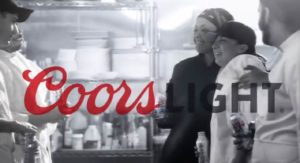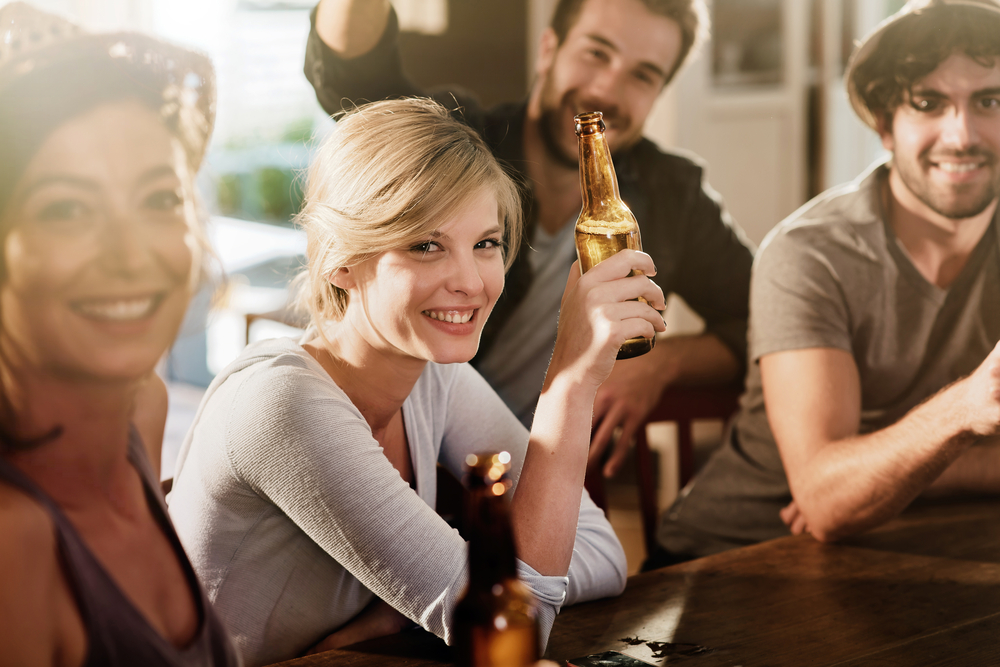Beer has a long way to go to build its appeal with women, according to a recent survey.
As reported on April 24 by Beer Marketer’s Insights, Mediamark found that in 2016 that only 31.3 percent of women identified as beer drinkers – flat from 2006. From the article:
The percentage of women who drink beer did not budge during this 10-yr period. Measured as an index, men score 131 in propensity to drink beer vs. 72 for women, a 60-point gap that has not changed at all over the last decade.
Beer Marketer’s Insights goes on to note that “without changes in trends among women beer drinkers, per capita beer consumption and/or share of absolute alcohol consumption, individual brewers’ volume goals become that much more difficult to achieve.”
Indeed.
Changing those trends won’t be easy, says Britt Dougherty, MillerCoors vice president of consumer insights and engagement. It will take time, it will take commitment and it will require brewers to think differently about how they approach one half of the population. But it is possible.
And if brewers want to win with today’s consumers, they don’t really have a choice.It starts by busting the myth that beer isn’t for women. In fact, one out of every four beers – 17 billion bottles per year – is consumed by a woman.
“The number of female beer drinkers is actually similar in size to all millennial beer drinkers and larger than the number of Latino beer drinkers,” Dougherty says. “It’s not an optional side niche, it’s a market that’s too big to ignore.”
And while 17 billion servings is a lot, it was higher a decade ago – meaning women are leaving the category for wine and liquor.
The beer gender gap has been created in part because marketers spent decades objectifying women or, at best, ignoring them. Meanwhile, liquor and wine marketers have been actively appealing to women.
(And it is worth pointing out that some of the more successful brands – Michelob Ultra, Corona Extra and Blue Moon Belgian White, for example – all happen to be taking an inclusive approach.)
Indeed, of late there has been a great deal of discussion about sexist craft beer names and labels. The Brewers Association earlier this month announced that beers with offensive names or labels won’t be announced from stage at the Great American Beer Festival or World Beer Cup.
Winning women back will require real commitment as well as marketing that portrays more modern gender norms.
 The understanding that both men and women want brands that stand for something and have a clear point of view informed the Coors Light “Climb On” campaign. Instead of sticking with the typical approach of focusing solely on the male cohort, Coors Light sought to appeal to women as well as men with creative that portrays a diverse range of people achieving personal goals.
The understanding that both men and women want brands that stand for something and have a clear point of view informed the Coors Light “Climb On” campaign. Instead of sticking with the typical approach of focusing solely on the male cohort, Coors Light sought to appeal to women as well as men with creative that portrays a diverse range of people achieving personal goals.
And the campaign delivered, raising brand awareness and reach among female consumers as well as making a positive impact on sales.
Appealing to women is a mountain for beer marketer’s to conquer. Now they need to set out and do it.

